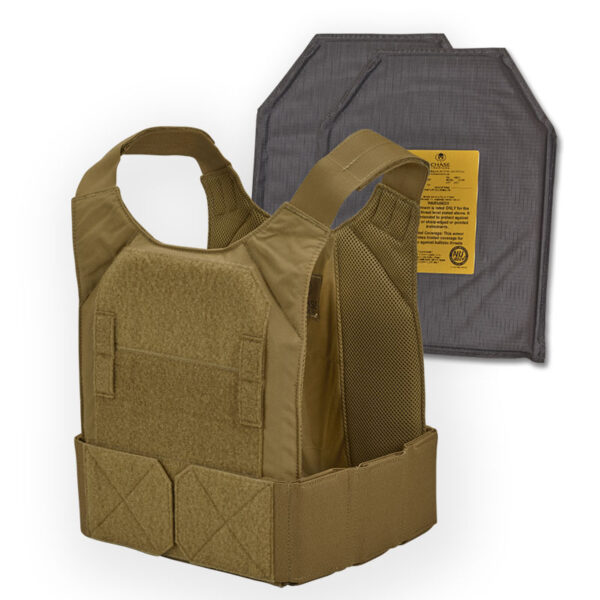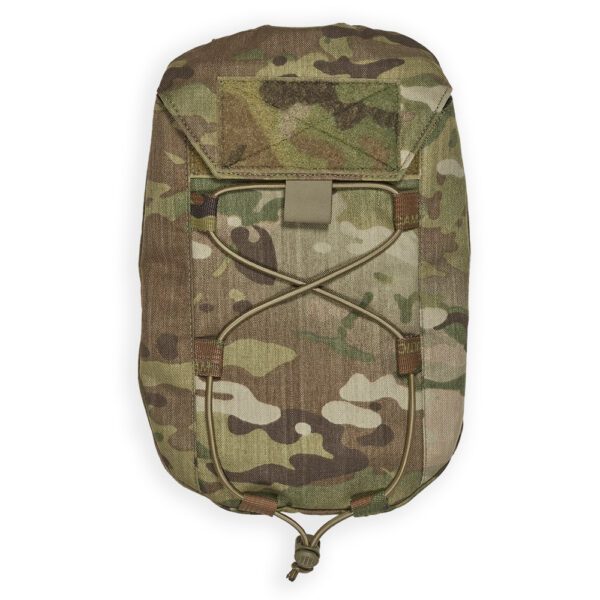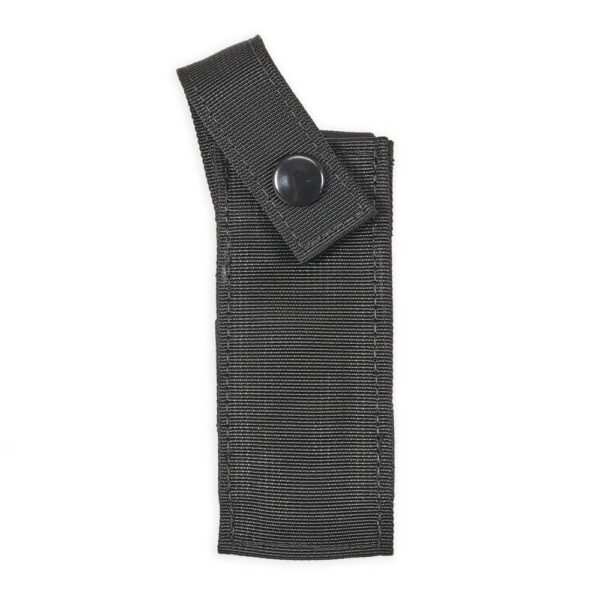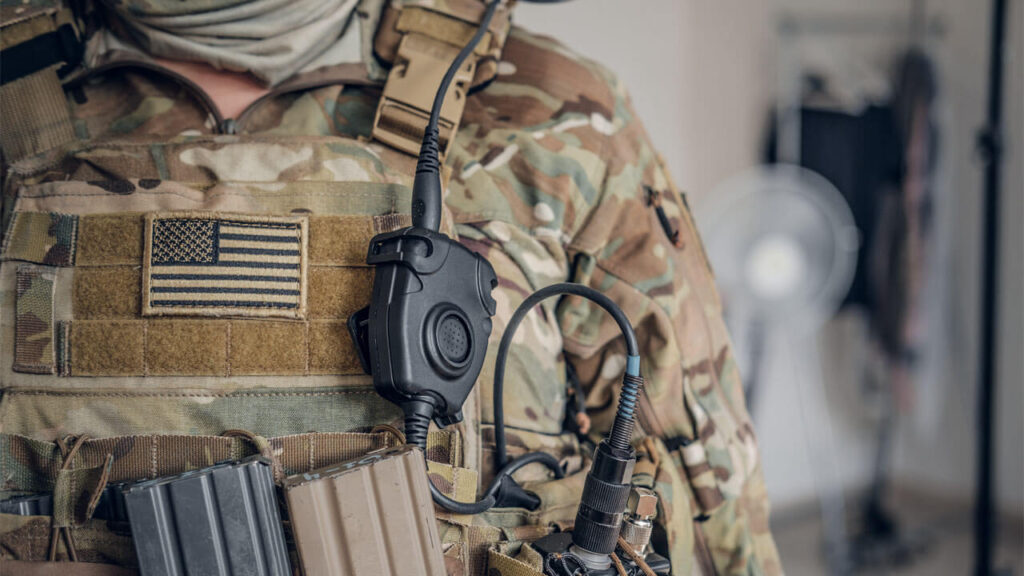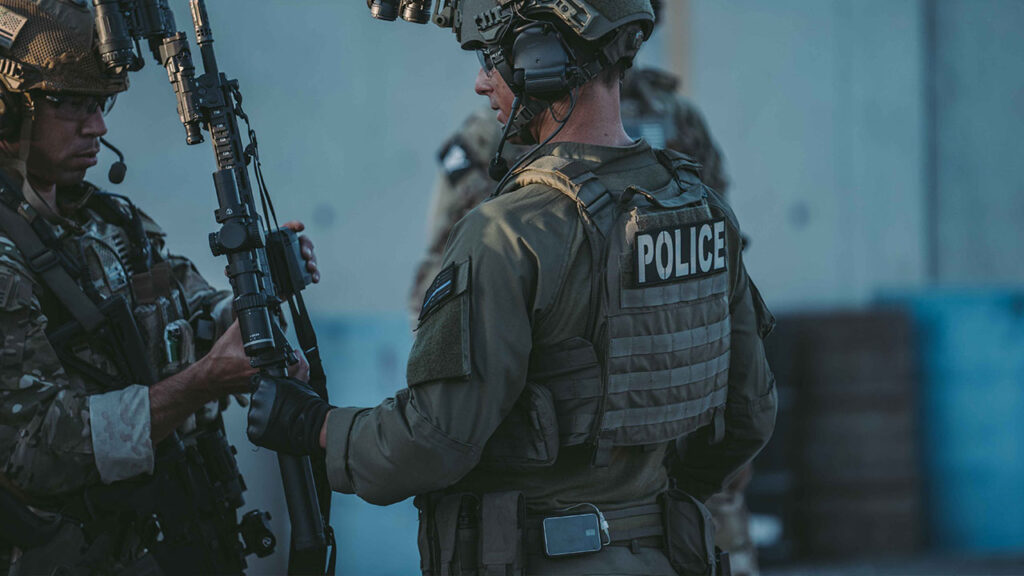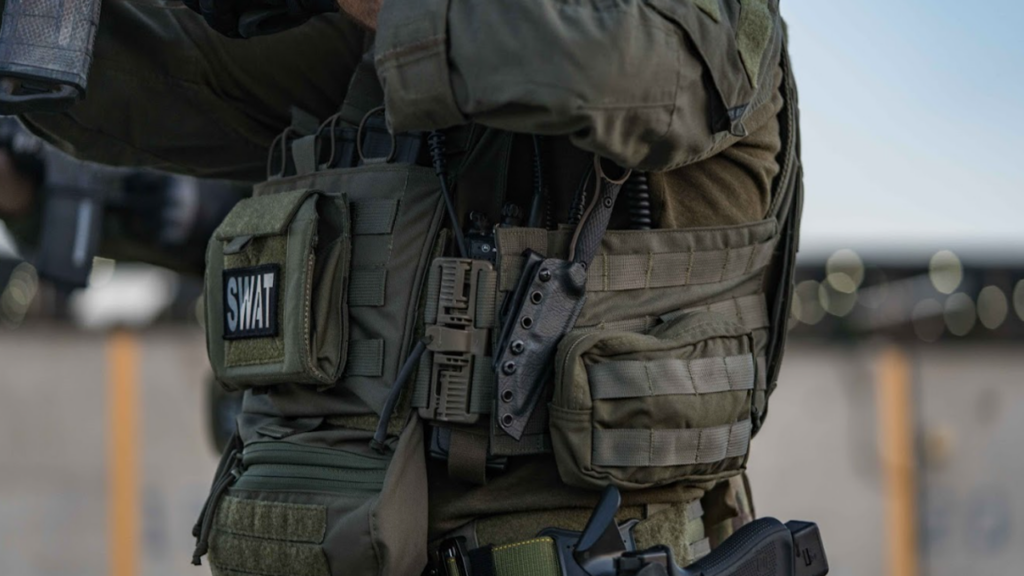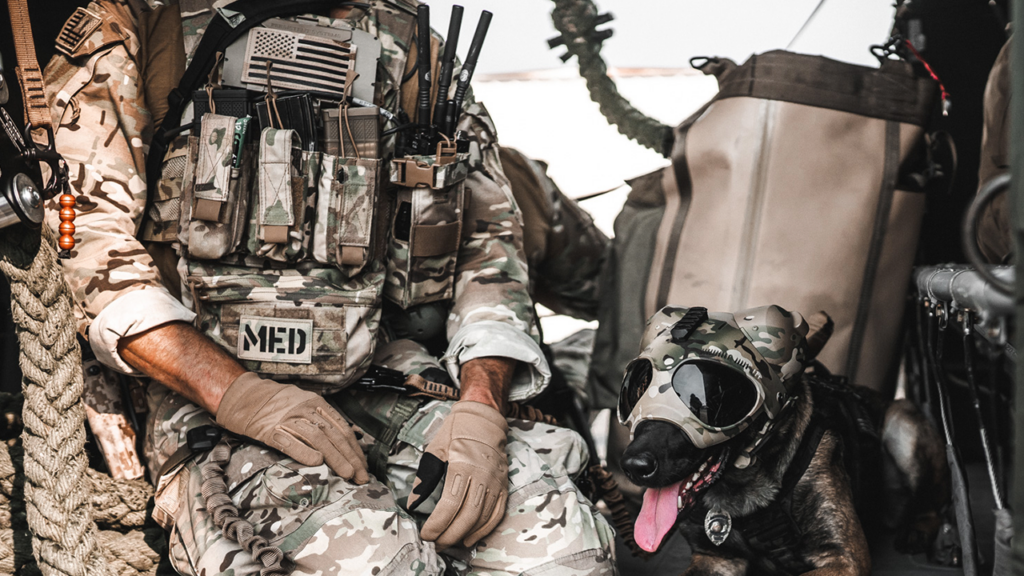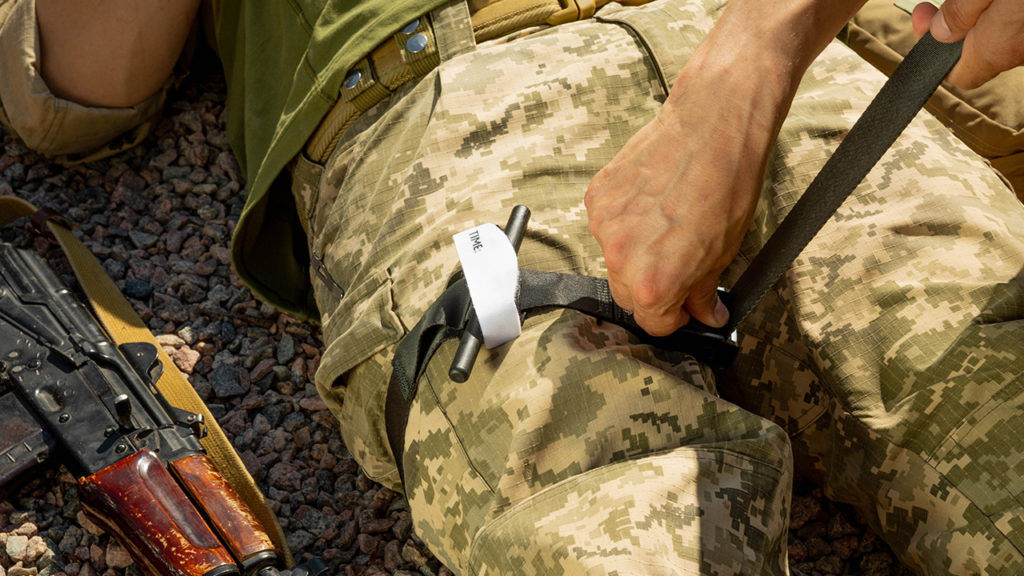How to Wear a Plate Carrier: A Step-by-Step Guide
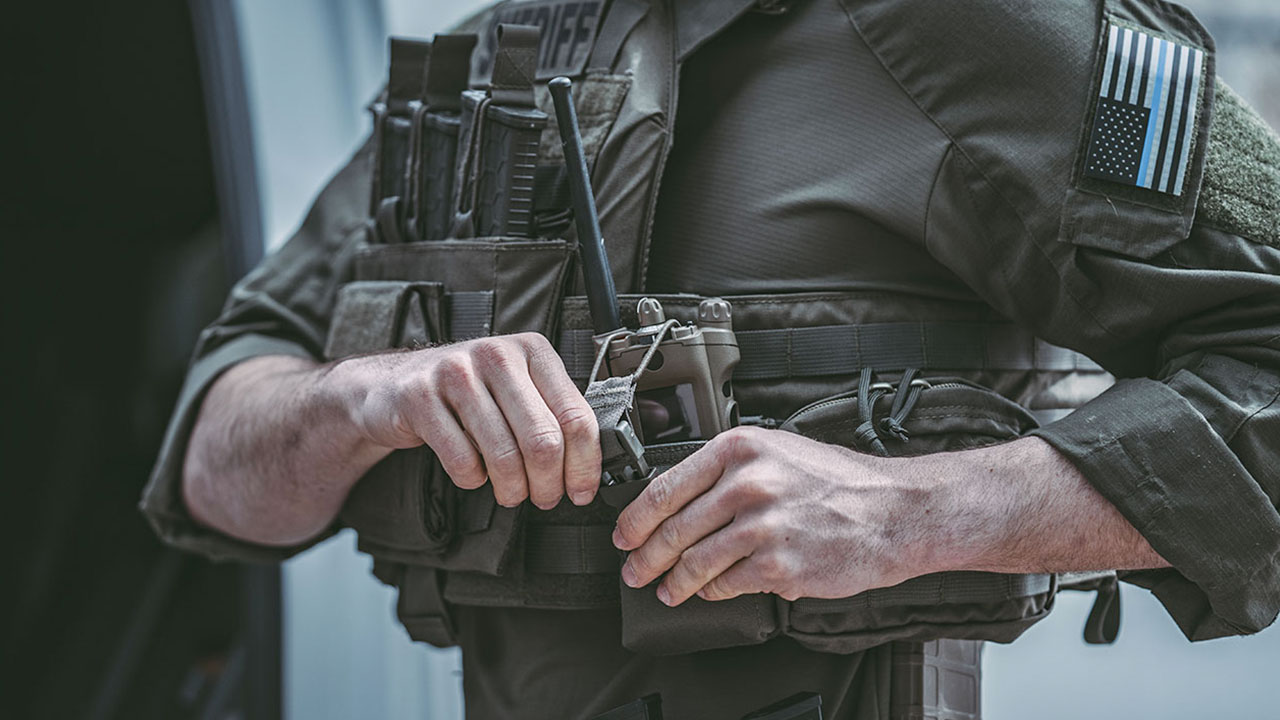
Learn how to wear a plate carrier and how to adjust it to your body type
Table of Contents
Plate carriers are essential for military and law enforcement personnel, but also for anyone who wants to participate in tactical training, airsoft… (if that’s your thing) or any activity that requires proper body protection. A plate carrier is designed to hold ballistic plates that offer protection against high-velocity projectiles.
There are different types of plate carriers available on the market and choosing the right one can be challenging. In this article, we will provide a step-by-step guide on how to wear a plate carrier and highlight some of the best products available on Chase Tactical that can help you achieve optimal protection and comfort.
What Is A Plate Carrier?
A plate carrier is a tactical vest that carries ballistic plates to protect vital areas of the body from penetration by bullets and shrapnel. The construction of a plate carrier is typically made from sturdy fabrics such as Cordura. It can also be accessorized with pouches, hydration carriers, and molle systems.
The simple reason anybody who is either a professional or merely for a hobby such as tabletop games needs a plate carrier is that it must be worn correctly. This would ensure safety and comfort while wearing it.
Steps To Wear A Plate Carrier
Wearing a plate carrier can make a huge difference between comfort and effectiveness. Here’s the simplest way of wearing a plate carrier:
1. Choose The Right Plate Carrier
Before we learn how to wear a plate carrier, it is essential to ensure that you have the right equipment and accessories. You will need a carrier that fits your body size and shape, ballistic plates that offer the level of protection you need, and additional accessories like magazine pouches, hydration packs, and first aid kits.
In order to achieve optimal protection and comfort while wearing a plate carrier, it is important to choose the right products. Chase Tactical offers a variety of high-quality products that can help you achieve this goal.
One excellent example is the Chase Tactical LVPC-E Active Shooter Kit, which includes a Chase Tactical Low Vis (LVPC-E) Elite Plate Carrier, and two Chase Tactical Level IIIA 10 x 12 Soft Armor Shooter Cut. The LVPC plate carrier features adjustable shoulder straps and cummerbund, allowing you to customize the fit for maximum comfort.
The Level IIIA soft armor plates are made from lightweight Kevlar material that provides great protection without weighing you down.
By choosing this LVPC-E Active Shooter Kit from Chase Tactical, you can ensure that you have the best possible protection while also staying comfortable and agile during high-stress situations.
2. Putting on the plate carrier
Once you have all the necessary equipment and accessories, it is time to put on the plate carrier. Start by laying the carrier flat on a surface and adjusting the shoulder straps to your desired length. Next, put on the carrier like a vest and secure the waist straps to ensure a snug fit. Make sure the carrier is centered on your chest and covers your vital organs.
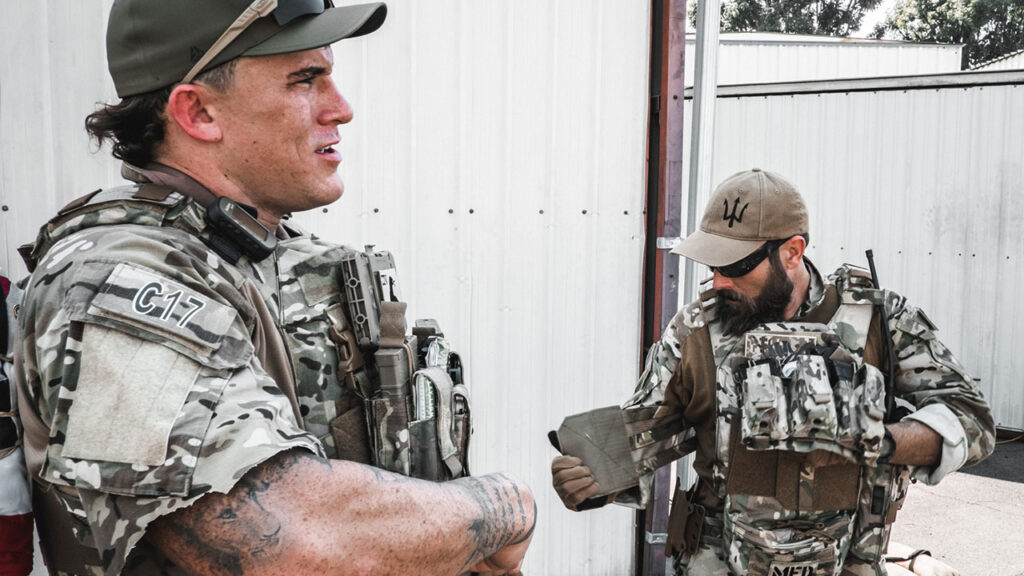
Then, insert the ballistic plates into the carrier’s pockets and adjust the carrier’s straps to ensure the plates fit tightly against your body.
At chasetactical.com, you can find a variety of ballistic plates that offer different levels of protection, including the Chase Tactical Level III+ AR500 Rifle Armor Plate, the Chase Tactical Level IV AR500 Armor Plate, and the Chase Tactical Level IIIA Soft Armor Panel.
3.Adjusting the plate carrier
After putting on the plate carrier, it is essential to adjust it properly to achieve maximum protection and comfort. Start by adjusting the shoulder straps to ensure that the carrier fits snugly against your body without restricting your movement.
Next, adjust the waist straps to ensure that the carrier is secure but not too tight. Finally, adjust the plate carrier’s cummerbund to ensure that the ballistic plates fit tightly against your chest and stomach.
At chasetactical.com, you can find a variety of accessories that can help you adjust your plate carrier, including the Chase Tactical Modular Cummerbund System and the Chase Tactical Bio mask.
Optimizing Your Plate Carrier Setup: Key Considerations For Safety And Efficiency
When setting up your plate carrier, ensuring that every component is correctly positioned for maximum protection and operational efficiency is crucial. Here’s a guide to help you achieve the perfect plate carrier fit to maximize efficiency, offering you both safety and agility in the field.
Chest And Torso Height: Vital Protection Placement
Placing your body armor plates is critical for safeguarding your vital organs. The front plate should be positioned at mid-chest level, covering your heart, lungs, and other vitals. This way, you ensure that the most critical areas are protected against incoming rounds. For balance, ensure the rear plate on your back aligns at the same height as the front plate, ensuring even protection across your torso.
Adjusting Shoulder Straps For Stability And Comfort
Properly adjusted shoulder straps are essential for maintaining stability and comfort. The shoulder straps should distribute the weight of your plate carrier evenly across your shoulders, reducing the strain on your collarbone and preventing discomfort during prolonged use. A well-balanced setup enhances your safety and improves your overall performance.
Correct Placement Of Front And Rear Plates
Your front and rear plates are the primary panels of your plate carrier setup. Position the front plate to shield your heart and lungs, and ensure the rear plate aligns with it vertically to provide full torso coverage. These plates should conform to your body’s natural contours, allowing unrestricted motion. This setup enhances safety and agility, enabling you to perform essential movements like crouching, kneeling, and running without hindrance.
Maintaining Freedom Of Movement
A well-configured plate carrier should not restrict your natural range of motion. Ensure that your setup allows for smooth arm, shoulder, and torso movements, which are crucial for weapon handling and other tactical actions. Avoid overloading your plate carrier with unnecessary gear, as this can hinder your ability to move swiftly and effectively in dynamic situations. Test your setup by simulating real-world movements to ensure everything is in place for optimal performance.
Side Protection: Optional but Beneficial
Adding side plates to your loadout protects your flanks, covering the area from your armpits to your waist. If you choose to include side panels, ensure they are positioned to conform to your body’s shape without compromising movement. This layer of protection can be crucial in certain high-risk scenarios, but it’s important to balance safety and mobility.
Choosing The Right Plate Carrier
Different models have differing features and may fit your body better than others, depending on your use and figure. There are a few things to consider when selecting a plate carrier:
1. Plate Size and Fit
Plate carriers come in various sizes to accommodate the different plate sizes (SAPI, ESAPI, etc.). You should ensure that the airline you choose is compatible with the size of the plates you plan to use. Proper fit is necessary to provide comfort and effective protection.
2. Comfort
Plate carriers should be snugly fitted yet allow freedom of movement. A good carrier will have adjustable straps, shoulder padding, and waist straps to keep it comfortable during extended wear.
3. Molle System Compatibility
Most plate carriers have Molle webbing to attach pouches and accessories to the airline. This is great for carrying extra ammunition, medical kits, or other gear.
4. Purpose
Whether you’re doing field exercises, airsoft, or games that simulate tactical environments, choosing your plate carrier about the intended purpose is crucial.
Having selected the right plate carrier, let’s go through how to put it on and adjust it to fit and function best.
Choosing The Right Body Armor Plates
Selecting the appropriate body armor plates for your chosen plate carrier is vital for ensuring the durability and effectiveness of your setup. Depending on the level of threat you anticipate, you may choose from a range of plates:
- Level III Plates: Designed to stop rifle rounds, these plates are lightweight, typically around 3 lbs, and curved for comfort. Level III Plates balance protection and ease of movement but may be more brittle than higher-level plates.
- Level III/IV Plates: These hard armor plates are built to withstand high-caliber and armor-piercing rounds. Made from ceramic or steel, they are more durable and offer comprehensive protection, though they are heavier.
- Level IV Plates: Offering the highest level of protection, these plates are designed to stop NIJ Level 4 projectiles. They are generally heavier but provide superior durability against high-caliber bullets.
Understanding the differences between these levels ensures you choose the right armor for your needs.
Essential Equipment For Your Plate Carrier Setup
- Communications Equipment: Attaching radios and other communication devices to your plate carrier is crucial for maintaining clear communication with your team. This ensures seamless coordination and timely information exchange during operations.
- Administrative Pouches: Organize your essential documents, maps, and tactical tools with administrative pouches such as dump pouches, shotgun shell pouches, and molle pouches. These should be easily accessible, allowing you to keep everything in order without disrupting your focus on the mission.
- First Aid Equipment: Equip your plate carrier with medical essentials like tourniquets, bandages, and trauma shears. Quick access to first aid gear can save lives in emergencies.
- Magazine Pouches: Proper placement of magazine pouches is vital for efficient reloading. Ensure extra magazines are securely attached and easily accessible, allowing you to stay responsive in high-pressure situations.
Frequently Asked Questions
How Do I Ensure My Plate Carrier Setup Is Balanced And Comfortable For Extended Wear?
To ensure a balanced and comfortable plate carrier setup, start by properly adjusting the shoulder straps. The straps should evenly distribute the weight across your shoulders, reducing strain on your collarbone and enhancing overall stability. Position the front and rear plates at mid-chest height, ensuring they are aligned to provide even coverage. Additionally, avoid overloading your plate carrier with unnecessary gear. Keep your loadout minimal yet effective, allowing unrestricted movement and comfort during extended wear.
What Is The Difference Between Level III And Level IV Body Armor Plates, And Which Should I Choose For My Plate Carrier?
Level III plates are designed to stop rifle rounds and are typically lighter, weighing around 3 lbs, with a curved shape for comfort. They balance protection and mobility but may be less durable than higher-level plates. Level IV plates, on the other hand, provide comprehensive protection against higher-caliber, armor-piercing rounds. They are generally heavier but offer superior durability. Choose Level III plates if you prioritize mobility and lighter weight, and opt for Level IV plates if maximum protection against high-caliber threats is your primary concern.
How do I know which size plate carrier I need?
The size of your plate carrier should be similar to that of the ballistic plates it is supposed to carry. Most carriers are designed in small, medium, and large sizes. To fit it properly, look at the airline's sizing guide and match it to the size of the plates you want to use.
Can I use a plate carrier for military activities only?
Absolutely! Plate carriers are used for many recreational activities, including airsoft, paintball, and tabletop games requiring tactical gear. Just make sure your plate carrier is comfortable and properly adjusted for the activity you're engaging in.

